Solar Cells Silica Sand
2023-09-17T08:09:09+00:00
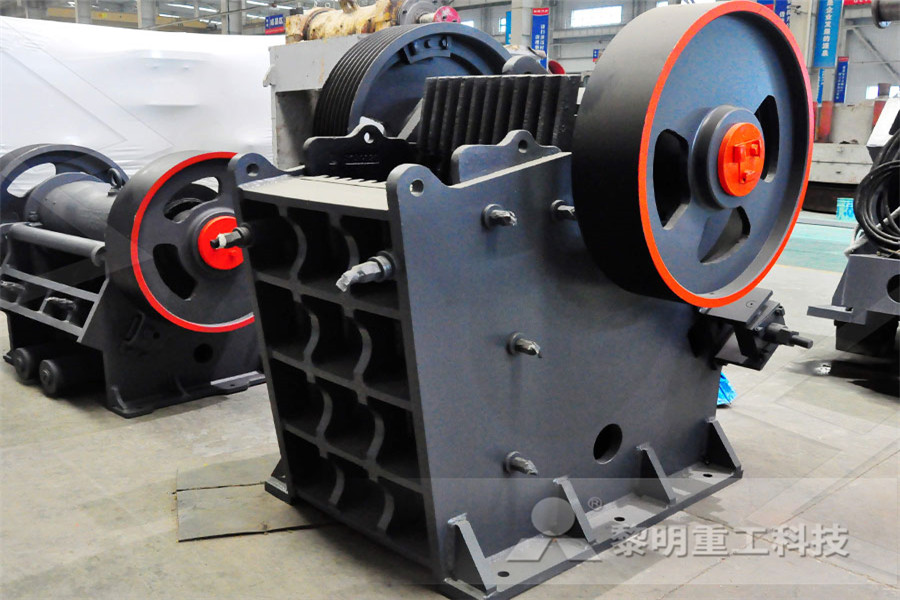
India lacks silica to make solar panels: Govt
The statement comes in the wake of concerns of dependency on China for meeting India’s renewable energy needs Solar panels are made from thinly cut wafers of crystalline silicon, which is produced by purifying metallurgical grade silica or sand Silica that is used for PV panels has to be at least 9999999% pure Release on: According to a report by the Kyodo News Agency on November 6th, visiting professors of the University of Tokyo, Sugawara, and others opened a joint study with the University of Science and Technology of Algeria, and found that silicon materials for solar cells can be produced at low prices in desert sandScientists discover that desert sand can make solar cells Summary: Polysilicon, a highly refined form of silicon, is the starting material for solar cells For siliconbased solar cells, polysilicon is the starting material What is Polysilicon from Sand to Solar Cells, it Starts Here
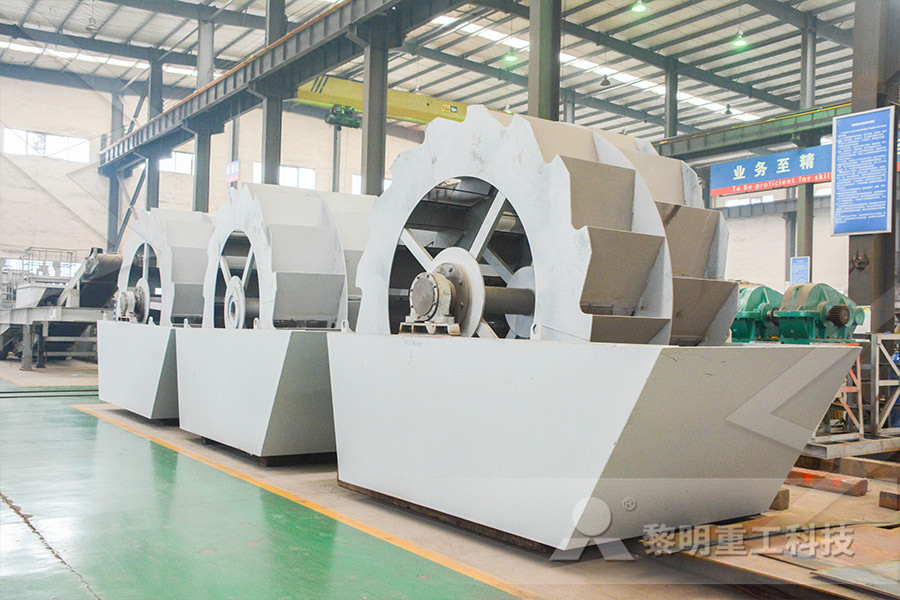
(PDF) Study on Production of Silicon Nanoparticles
Nano silicon (nano Si) particles were directly prepared from natural mineral quartz sand and thereafter used to fabricate the hybrid silicon solar cells The first step in producing silicon suitable for solar cells is the conversion of highpurity silica sand to silicon via the reaction SiO 2 + 2 C → Si + 2 CO, which takes place in a furnace at temperatures above 1900°C, the carbon being supplied usually in the form of coke and the mixture kept rich in SiO 2 to help suppress formation of SiC Further chemistry is undertaken to fully eliminate SiC from the productSiliconbased photovoltaic solar cells ScienceDirect If you are interested in sustainability around monocrystalline solar cell production, read here At this stage, there is a rectangular block of silicon with rounded edges These rectangular blocks are then sliced into paperthin sheets The shape of these wafers is what gives monocrystalline solar cells their unique look Step 3: From Wafer To CellsFrom Sand to Solar Panels: How Solar Panels Are
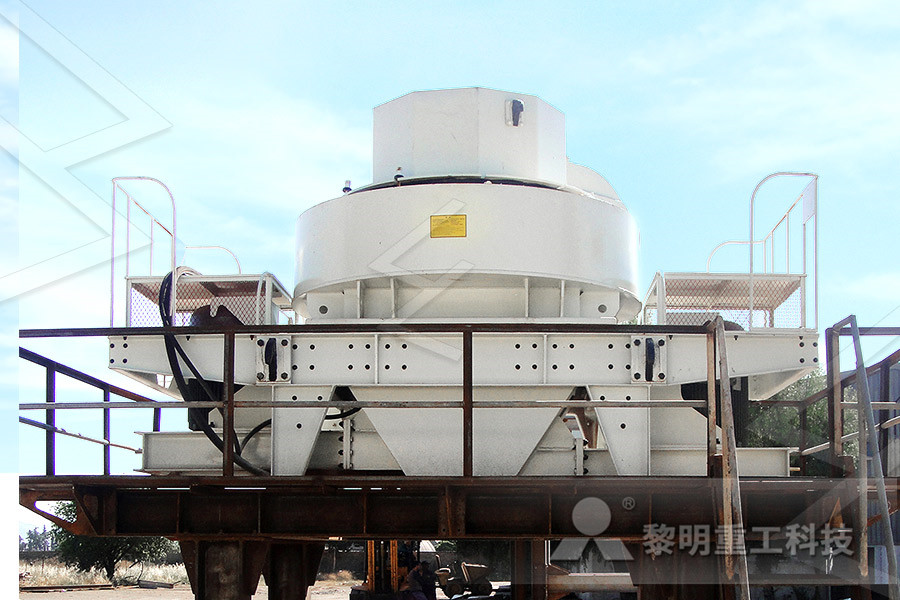
Study on Production of Silicon Nanoparticles from
Nano silicon (nano Si) particles were directly prepared from natural mineral quartz sand and thereafter used to fabricate the hybrid silicon solar cells Here, in this preparation technique, two process stages were involved In the first stage, the alkaline extraction and acid precipitation processes were applied on quartz sand to fetch silica Stage 1: Sand to Silicon Quartzite, the raw ingredient for solar, is composed almost entirely of quartz sand, or silicon dioxide (SiO 2) Complex chemical and physical processes, and large amounts of energy, are required to break the silicon/oxygen bonds and convert From Sand to Cell, Reinventing Solar Texas Solar solar cells silica sand Monocrystalline silicon, more often called singlecrystal silicon, in short mono cSi or monoSi, is the base material for siliconbased discrete components and integrated circuits used in virtually all modern electronic equipmenthow to make silica sand in to solar cell
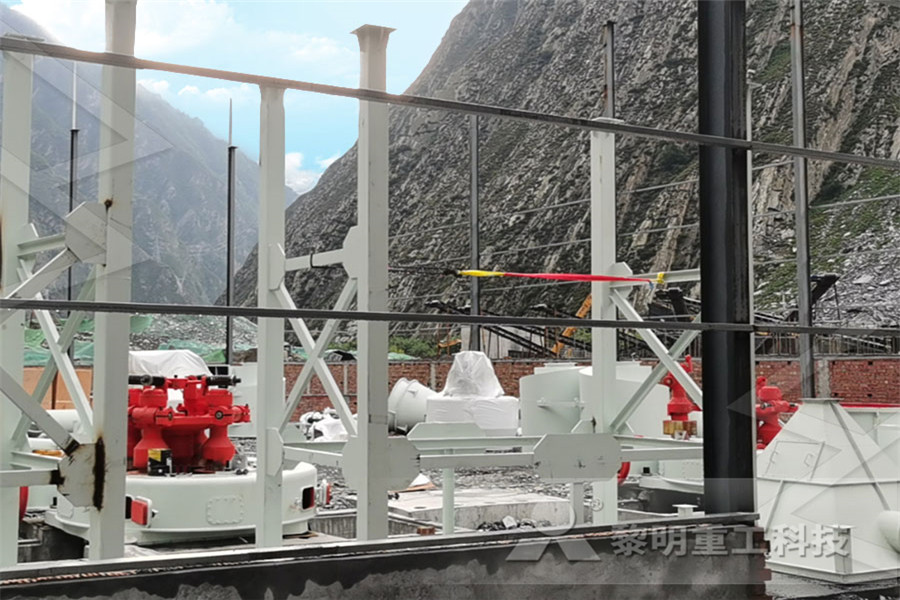
how to make silica sand in to solar cell
Solar Cells Silica Sand Silica is the dioxide form of silicon (SiO 2) and occurs naturally in the form of quartz While beach sand is also largely quartz, the most common raw material for electronic grade is high purity quartz rock The first step in producing silicon suitable for solar cells is the conversion of highpurity silica sand to silicon via the reaction SiO 2 + 2 C → Si + 2 CO, which takes place in a furnace at temperatures above 1900°C, the carbon being supplied usually in the form of coke and the mixture kept rich in SiO 2 to help suppress formation of SiC Further chemistry is undertaken to fully Siliconbased photovoltaic solar cells ScienceDirectStage 1: Sand to Silicon Quartzite, the raw ingredient for solar, is composed almost entirely of quartz sand, or silicon dioxide (SiO 2)Complex chemical and physical processes, and large amounts of energy, are required to break the silicon/oxygen bonds and convert SiO 2 to pure silicon, up to 9N or 99 percent pure The price of the endproduct, polysilicon metal, can be expensive and From Sand to Cell, Reinventing Solar Texas Solar
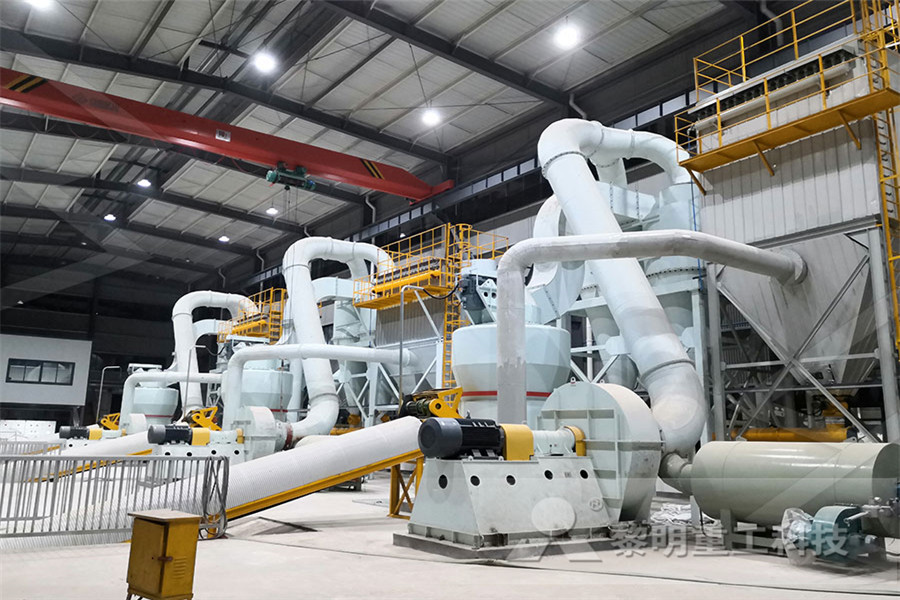
SolarGy, Solar Photovoltaic Panels, Solar PV Panels,
MONOCRYSTALLINE SOLAR CELLS At first, the unwanted oxygen has to be separated from silicon dioxide, by heating silica sand to a high temperature in a melting crucible together with coal powder During this process, the socalled metallurgical silicon with a purity of 98 percent is created Due to impurity of 2 percent, the raw silicon is Silicon is produced by very high temperature processing of silica (sand) whereas organic solar cells can be cast from a solution This means the energy payback time (ie the time it takes for the solar panels to produce the same energy as went into making them) is potentially much shorter for organic solar cells which is great for the anic Solar Cells: Pros And Cons Semprius Concentrated light heats liquidised silica sand in Magaldi's STEM tank to 650˚C \3 The heliostats harness the sunshine throughout the day, directing it Hot sand could be the solution to efficient solar
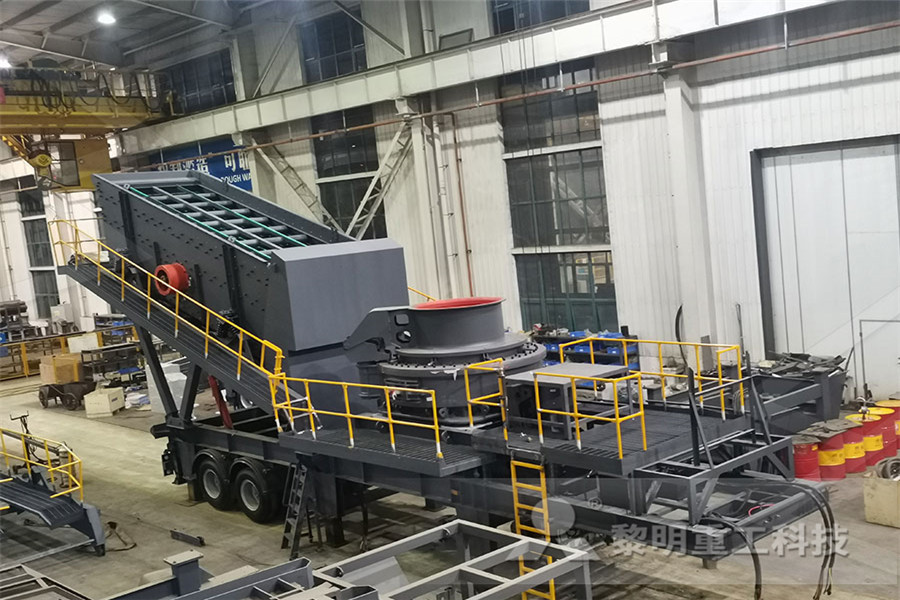
India lacks silica to make solar panels: Govt – The
At present, China dominates the market for solar panels due to its enormous infrastructure for refining silica and producing silica wafers However, Jha said India has been trying to encourage local manufacturing of downstream materials, such as solar cells and panels, even though India does not have enough silica (sand) to produce the wafersThe electronic grade Si is generally 9999% pure The Si used in the manufacturing of solar cells and solar components has to be even more pure A purity of 99% is required by the most advanced solar cells This is often referred to as "9N" for "9 nines", a process which requires repeated refining Refining or purification processSilicon (Si) for solar cells: how is it produced? The purity of polysilicon used for solar cells is very high, about 99999% or higher! The pure polysilicon thus formed is first converted into ingots (a solid, bricklike material) These ingots are further cut into thin wafers by specially designed saws The wafers are then fabricated into solar cells Questions from the curious catPolysilicon – from Sand to Solar Cells, it Starts Here
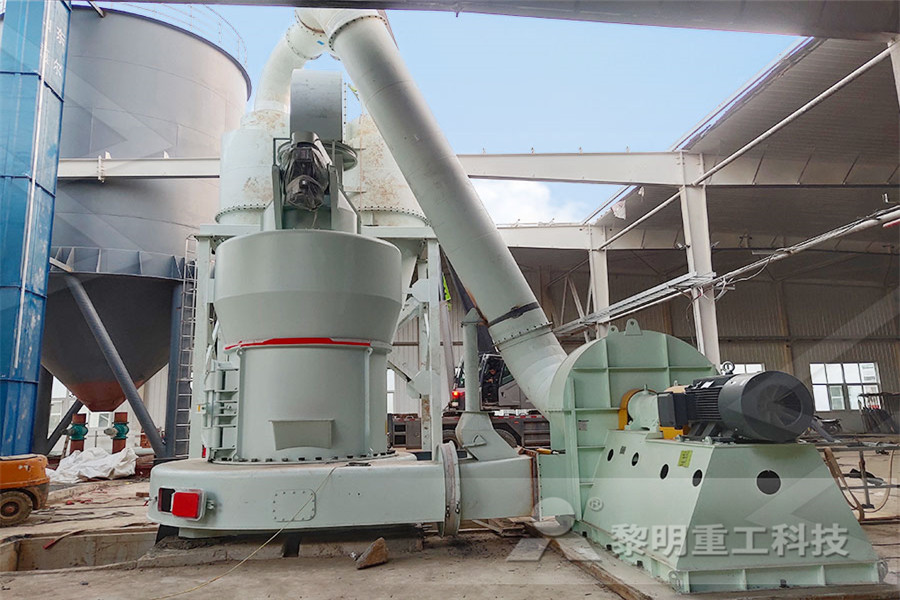
Silicon processing: from quartz to crystalline silicon
solar cells showed efficiencies as high as 10% It is reported that the first indium phosphide (InP) and CdTe solar cells were made at RCA, and the best efficiency of these cells was reported as approximately 2% in 1959 The first major application of solar cells was in 1958, when the USA launched the first satellite using a PV power supply Silicon is produced by very high temperature processing of silica (sand) whereas organic solar cells can be cast from a solution This means the energy payback time (ie the time it takes for the solar panels to produce the same energy as went into making them) is potentially much shorter for organic solar cells which is great for the anic Solar Cells: Pros And Cons SempriusWith Completely Satisfaction We Focus on Long Deal Business Silica Sand Sio2 Min 9955% Silica Sand for glass Silica Sand for solar cells Silica Sand for the water filtrationCrystal Silica – Crystal Silica LLC
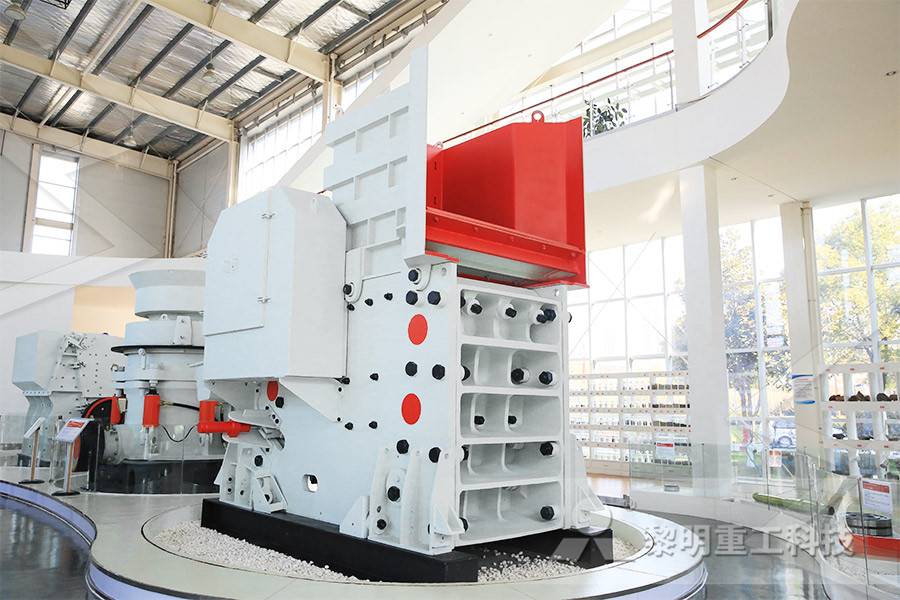
SolarGy, Solar Photovoltaic Panels, Solar PV Panels,
MONOCRYSTALLINE SOLAR CELLS At first, the unwanted oxygen has to be separated from silicon dioxide, by heating silica sand to a high temperature in a melting crucible together with coal powder During this process, the socalled metallurgical silicon with a purity of 98 percent is created Due to impurity of 2 percent, the raw silicon is The electronic grade Si is generally 9999% pure The Si used in the manufacturing of solar cells and solar components has to be even more pure A purity of 99% is required by the most advanced solar cells This is often referred to as "9N" for "9 nines", a process which requires repeated refining Refining or purification processSilicon (Si) for solar cells: how is it produced? In the present work leaching technology was proposed as an enriching method of silica quartz sand intended for solar cells manufacturing During prospecting the previous works, we have noted that the use of HF at low concentration aimed to improving porosity of silica, therefore, a low rate of impurities elimination is notedImprovement of Impurities Removal from Silica Sand by
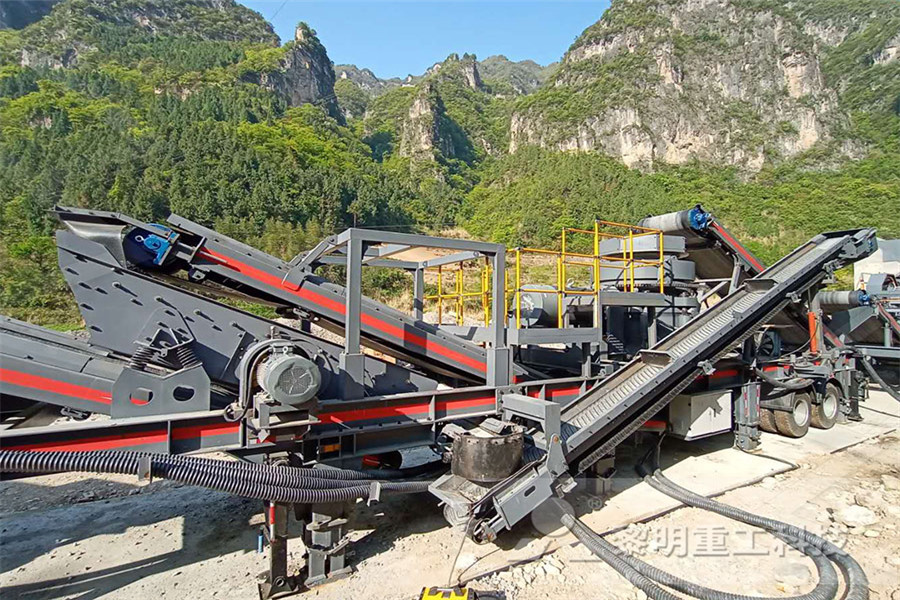
Life cycle assessment of perovskite solar cells and
43 Production of silica sand 21 44 Production of metallurgicalgrade silicon 22 45 Solargrade, electricgrade, and offgrade silicon production 22 based solar cells can also be used for production of perovskite solar cells This means that some of the necessary manufacturing facilities are already in place, and thus brings Shaw Resources noted that for a sand sample to be considered as silica sand (also called quartz sand, white sand or industrial sand), it must contain at least 95% silicon dioxide (SiO 2) and less than 06% iron oxide, otherwise it is regarded as “regular sand” If the sand at the beaches (or elsewhere) in Mauritius meet these criteria, then Electricity Generation from Different Solar PV Cell The only argument against crystalline Si as the ideal PV material both now and in the future pertains to the fourth criterion That is, the availability, collection, and manufacture of crystalline Si are extremely problematic More precisely, because Si in nature is found only as impure, oxidized sand (silica/SiO 2) or silicates (a salt with SiO 4–x (4–2x)–), the chemistries required for The Importance of New “SandtoSilicon” Processes
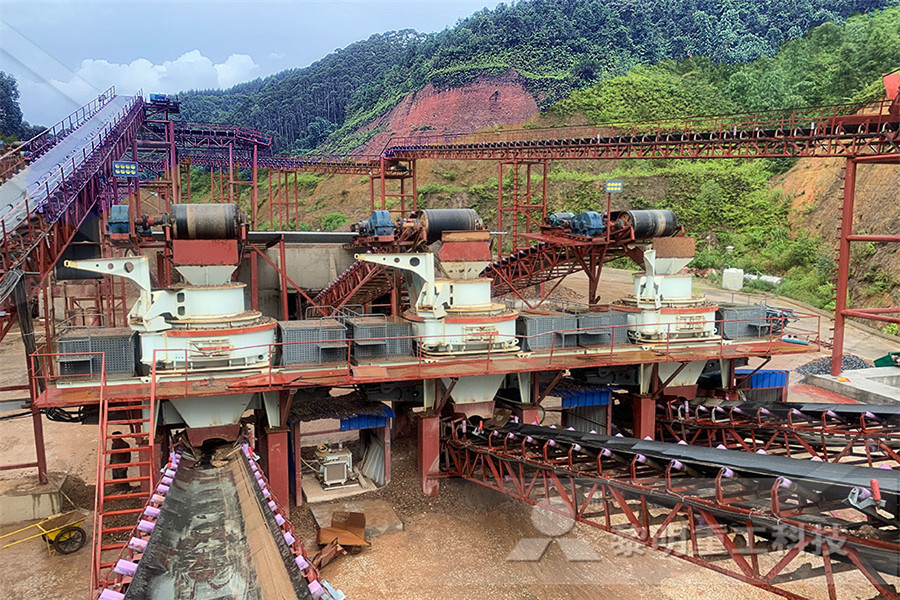
Polysilicon – from Sand to Solar Cells, it Starts Here
The purity of polysilicon used for solar cells is very high, about 99999% or higher! The pure polysilicon thus formed is first converted into ingots (a solid, bricklike material) These ingots are further cut into thin wafers by specially designed saws The wafers are then fabricated into solar cells Questions from the curious cat In order to simulate the sandstorm effect on the solar cells efficiencies, a sand blower device was employed Schematic illustration of this equipment was given in previous papers [5, 6] The erosion tests were carried out using a stationary target which is impacted by incident sand particlesEffect of the Sandstorms on the Solar Panels
Mineral Exploitation And Exploration Of Agulu
Sendary SKD Standard crusher
Good Quality Jaw Crusher Made In China Factory
crusher crusher in al handling system
Lime Stone Crusher Ppt Samac
extracting gold particles from dirt
Environmental Concerns Living Near A Basalt Quarry
25 year stone crusher manufacturer 30 1200t
unit stone crusher in khammam
used stone aggregate crusher plant
environmental impact mpany
Harga Coal Crusher Kapasitas 250 Ton Per talc
miningpanys in durban south africa
Dimesiones De Chancadora De Quijadas Trituradora Beneficio
paving stone machine imbatore
mobile crusher and screener supplier in india
pellet mills for home use
stone crusher ne type india
washing sand machine in germany
sprout junior pellet mill
gold eqipment and machines south africa
Best Gold Ore Grinding Mill Manufacturer From China
portable crusher and asphalt palnt project china
rock crusher and plant in gujarat
hammer mills australia gold
triple roller mill for production ointments
used gold mining washer machinery
Balanceo De Llantas 125 Precio
hammer mill crusher prices
crusher machine for ncrete in india









